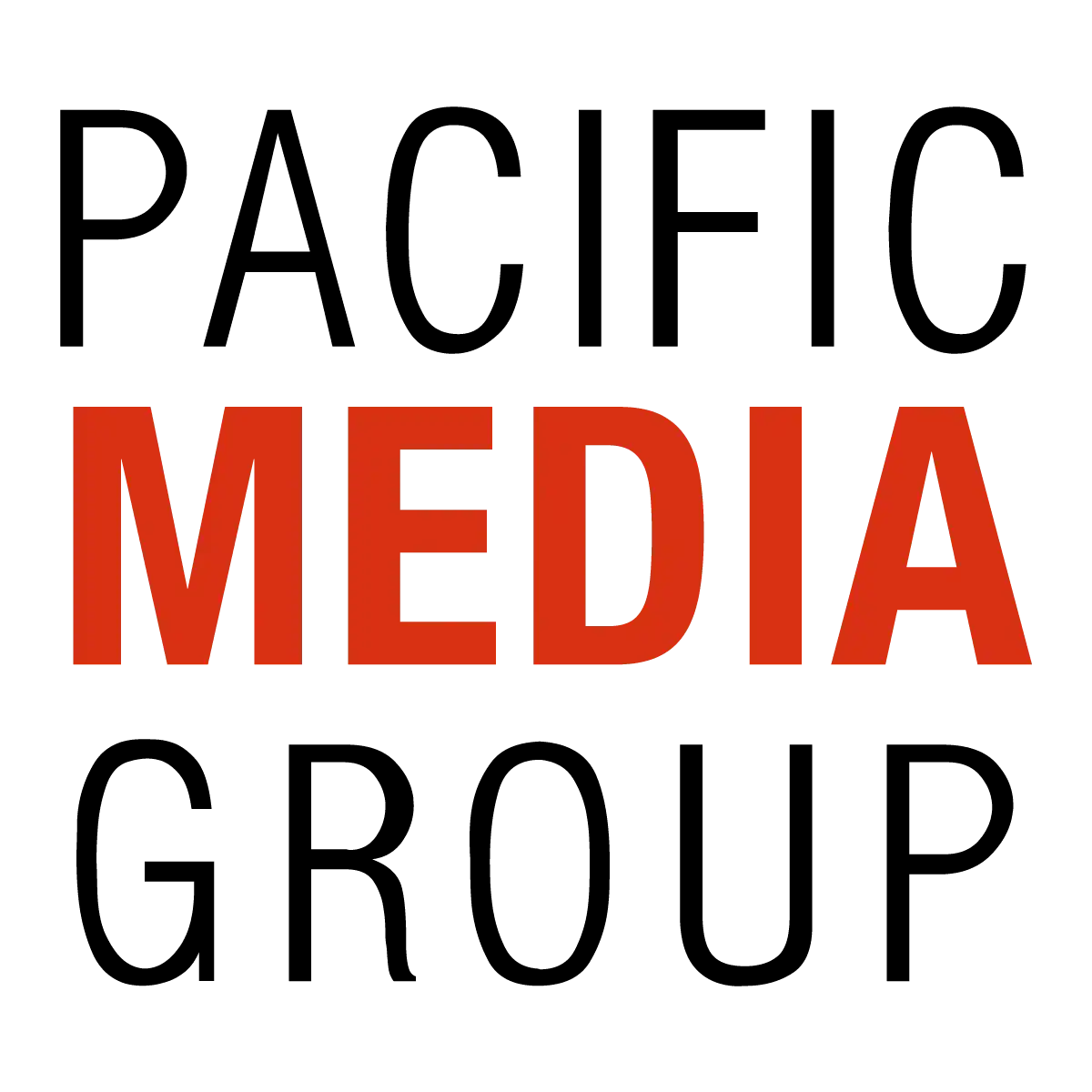Hawai‘i Economy to Begin Reopening Thursday
People and businesses in Hawai‘i will operate a little more freely starting May 7, as Gov. David Ige on Tuesday announced phase one of the state’s economic reopening.
The governor said the daily number of confirmed COVID-19 cases statewide is small enough, hospital capacity is strong enough and a contact-tracing system now in place is adequate enough to allow the state to begin its phased approach to reopening.
“COVID-19 has taken a devastating toll on our economy, and this is the first step in reopening businesses and getting people back to work,” Ige said.
The governor signed his 7th Supplemental Emergency Proclamation Tuesday, allowing the following businesses to resume operations this coming Thursday, as they create some of the lowest risks of COVID-19 spread:
- Retail businesses and services including apparel, electronics and shopping malls
- Non-food agriculture businesses including landscape, floral and ornamental services
- Astronomical endeavors and support services
- Pet grooming
- Car washes
- Healthcare and social assistance including elective procedures
- Nonprofit organizations
- Wholesale and warehouse operations.
These businesses join florists, real estate services, car dealerships, automated service providers, mobile service providers, one-on-one service providers and all golf courses statewide, which have been allowed to operate for the last week.
There will be detailed operational guidelines for all the named business categories within the governor’s emergency proclamation, which he said would be released Tuesday.
For instance, food courts in malls will only be allowed to operate carry-out services and approved nonprofit activities would not include social gatherings of any type.
Businesses will be expected to enforce social distancing guidelines within their establishments, such as maintaining physical distances of six feet between customers and requiring all patrons and employees to wear masks.
“Residents are now allowed to leave their homes to patronize certain businesses and activities,” Ige said. “The stay-at-home order is now referred to as the ‘safer-at-home’ order.”
Despite residents’ new freedoms, social gatherings in public are still disallowed statewide. People are not allowed to congregate on beaches or while partaking in newly reopened commerce activities outside of residential family units.
“There are no changes in guidance,” the governor said. “People should not be congregating. If you’re outside and shopping, we expect that you’ll be patronizing businesses alone or in family clusters only.”
State officials are currently finalizing a plan for a total reopening of Hawai‘i’s economy, examining the timing and guidelines for businesses like restaurants, hair stylists and places of worship. Further announcements and lifted lockdown restrictions are expected in the coming weeks.
Coronavirus Likely to Come Back
Even if careful behavior within established protocols is observed, the state does expect a resurgence of COVID-19 cases with the beginning of its phased reopening. There were four new cases of coronavirus confirmed on Tuesday, following a four-day stretch during which only five cases were identified across all islands.
“We do anticipate that there would be an increase in the number of cases,” Ige said. “We definitely will be monitoring that. Again, we ask everyone to maintain their social distancing activities. If you’re sick, you should stay home. … If you believe you may have COVID-19, you should self-isolate.”
Health and administration officials have discussed what would constitute a “wave” of new coronavirus cases and call for the reinstatement of lifted restrictions, though the governor provided no daily average or overall number that would trigger such a policy reversion.
School nurses and other healthcare workers not currently performing their regular duties due to conditions caused by the pandemic have been diverted to swell the ranks of contact tracers to help track and manage any potential spread of COVID-19.
The state is collaborating with the University of Hawai‘i to add medical and nursing students to the contact-tracing force, as well as to develop targeted training programs to prepare others, like National Guard personnel, as contact-tracers should Hawai‘i experience a surge.
Complications of Getting Back to Work
While some of Hawai‘i’s jobs are coming back online this week, the phased approach to reopening the economy is going to cause serious hiccups for some of the state’s workforce.
Namely, childcare services are not allowed to operate. The governor said there are no provisions included in his emergency proclamation should workers be unable to find someone to watch their children.
The Centers for Disease Control and Prevention guidelines on childcare and education operations mandate social distancing requirements. They also offer suggestions on how a facility could be constructed to keep people relatively safe from the spread of coronavirus. The state is in discussions with the local childcare industry and employers to develop solutions, Ige said.
“We do know that childcare is an essential part of bringing our workforce back,” he continued.
The Hawai‘i Children’s Action Network (HCAN) said the state’s plan to reopen is premature due to the lack of a comprehensive childcare component.
“There’s no economic recovery without child care,” said HCAN Executive Director Deborah Zysman. “Schools and most child care providers are still closed, and the ones that are open have limited capacities. If workers are called back to their jobs but don’t have child care, they’ll be put in an impossible situation.”
“If businesses reopen, there needs to be a plan to ensure child care providers and their families and kids are safe,” she continued. “How will we make sure child care providers get the personal protective equipment and sanitation supplies they need? What does social distancing look like for infants, toddlers and young kids? If we can’t answer these questions, we are not ready to reopen.”
Operational guidelines will require reopened businesses to outline the necessary personal protective equipment for their unique operations, and both the businesses and their employees will be expected to follow those guidelines.
The governor suggested those employees who feel that going back to work would put them at risk, but whose employers are giving them no other choice, should contact the Occupational Safety and Health Administration (OSHA) with their concerns.
















